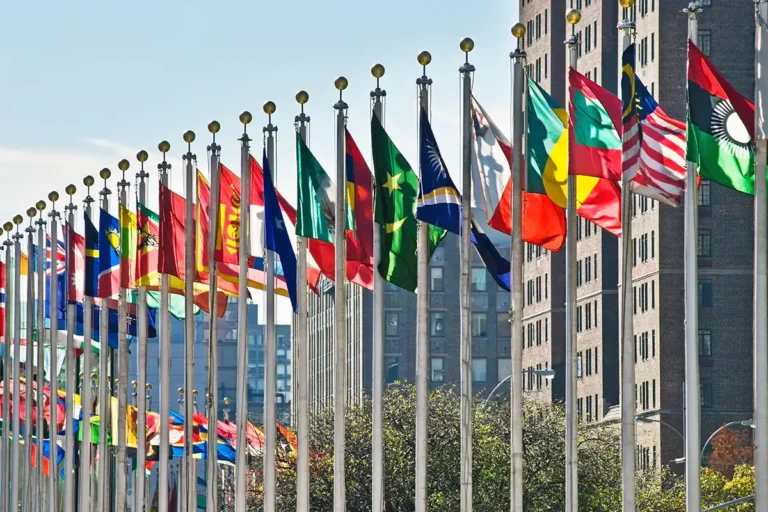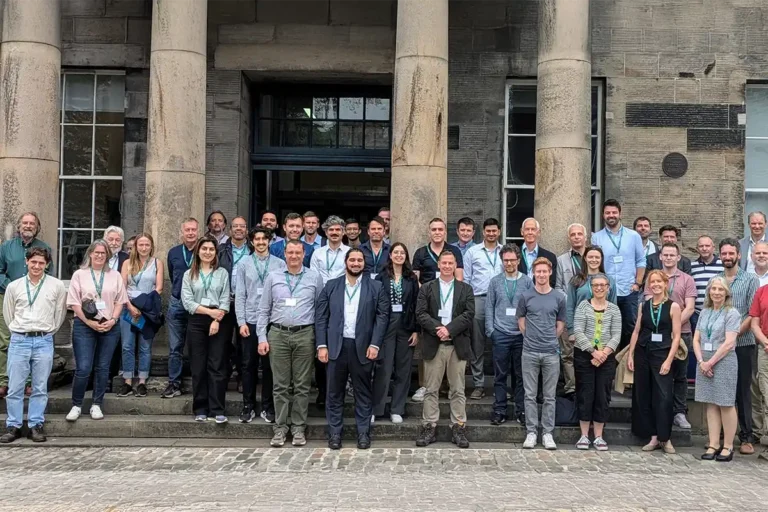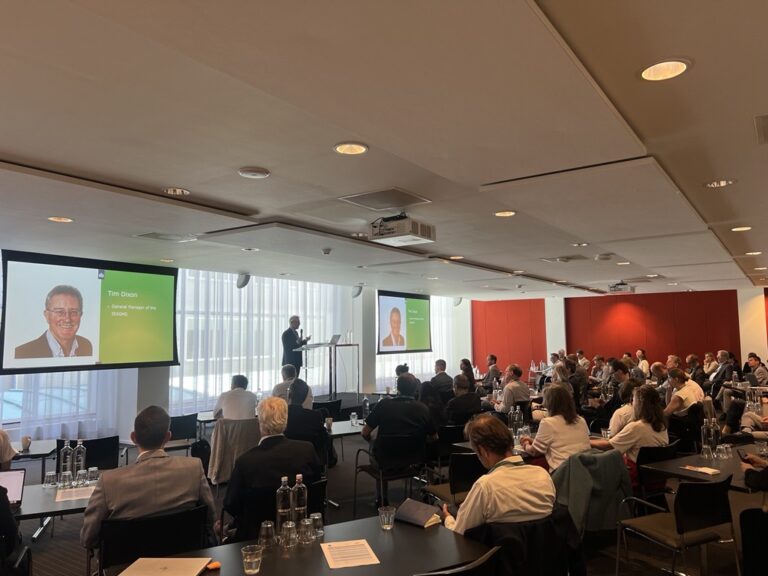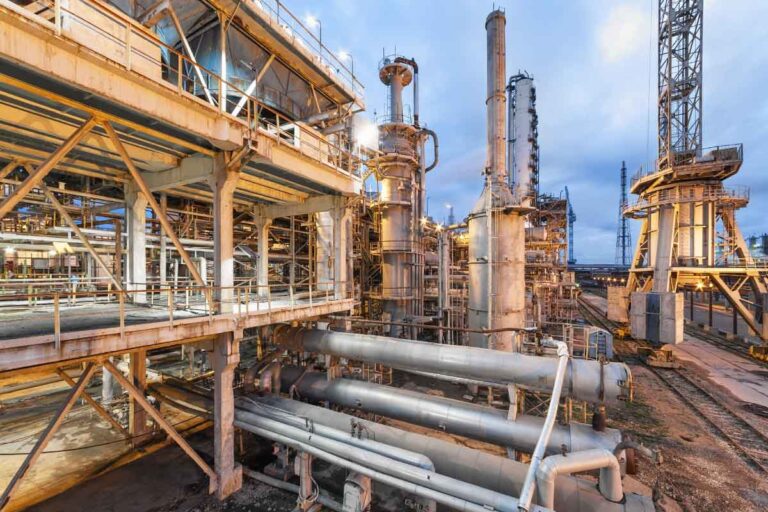
Japan-Asia CCUS Forum 2020
8 October 2020
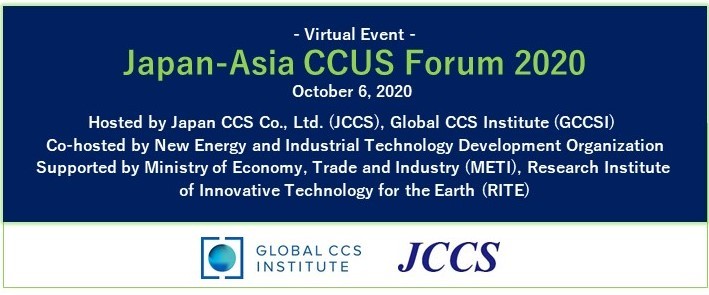

A spotlight on the significance of CCUS development in the Asia-Pacific region was summarised in a virtual webinar hosted by Japan CCS Co Ltd & Global CCS Institute (GCCSI).The event, run on 6th October 2020, was co-hosted by Japan’s New Energy and Industrial Technology Development Organization (NEDO).Support was also received from the Japanese Ministry of Economy, Trade and Industries (METI) and the Research Institute of Innovative technology for the Earth (RITE).
Contributions from several leading academic and industry representatives highlighted very substantial progress in CCUS not only in Japan but across the region.The webinar was split into three sections: the achievements of the Tomakomai CCS Demonstration Project; future deployment of CCS in Japan; and the future deployment of CCS in Asia with a 2050 perspective.Tim Dixon from IEAGHG provided one of many international perspectives on global trends in CCUS development.
Tomakomai is one of the major success stories for CCS not only because 300,000 tonnes of CO2 has been securely stored, but also because this achievement has taken place in an industrial area subject to significant natural seismicity. Careful planning, and public engagement right from the start of the project, has ensured a successful outcome.The project developers went to great lengths to set up an extensive seismic monitoring network. When a 6.7 magnitude earthquake occurred 30 km from the injection site at a depth of 37 km its immediate impact was recorded.No serious disruption to the project occurred.
Several contributors from Japan and other east Asian countries are now engaged in long-term plans to not only predict, but also plan CCUS development throughout the region. This drive is partly due to the future projections in total primary energy demand, which according to one presenter, will increase by nearly threefold by 2050 in the ASEAN region, with a concomitant triple growth in CO2 emissions. This dramatic shift in energy demand reflects the buoyant economies of the Asia-Pacific region.The webinar reflected the expansion in regional initiatives to address these challenges. The development of capture, transport and storage networks and hubs, as well as policy recommendations, were advocated.
The hosts presented an optimistic picture and the leading role that Japan, alongside other ASEAN counties, is taking in CCUS expansion. Virtual events like this are now a common feature and effective at conveying progress in CCUS. IEAGHG’s network events provide an important contribution especially for emergent regions where CCUS is less developed. Significantly, the IEAGHG Summer School will be held in Indonesia next year.
IEAGHG was pleased to acknowledge the contribution of the Tomakomai project to the international CCUS world with a video message from Tim Dixon. Tim especially highlighted the sharing of learnings from Tomakomai in IEAGHG conferences and networks, with 20 papers at GHGT conferences, 12 presentations at Network meetings, and 7 presentations at the Offshore CCS Workshops.
Other articles you might be interested in
Get the latest CCS news and insights
Get essential news and updates from the CCS sector and the IEAGHG by email.
Can’t find what you are looking for?
Whatever you would like to know, our dedicated team of experts is here to help you. Just drop us an email and we will get back to you as soon as we can.
Contact Us NowOther articles you might be interested in
Get the latest CCS news and insights
Get essential news and updates from the CCS sector and the IEAGHG by email.
Can't find what you are looking for?
Whatever you would like to know, our dedicated team of experts is here to help you. Just drop us an email and we will get back to you as soon as we can.
Contact Us Now

